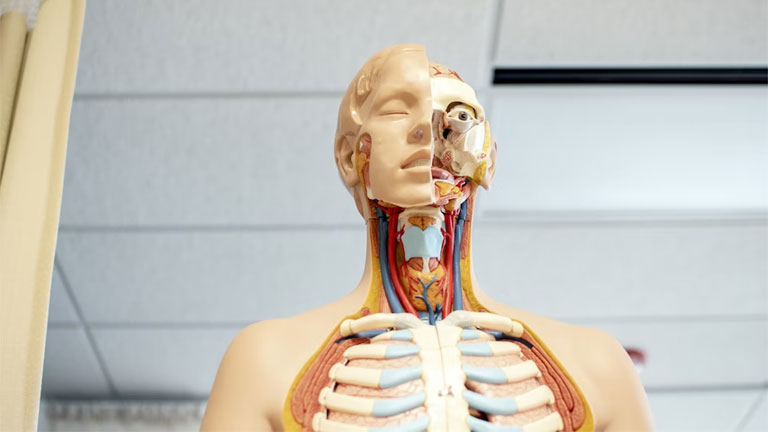
Assuming you have a degree in Anatomy, there are many potential career opportunities available to you as an Anatomist. For example, you could become a professor of anatomy at a medical school, or work in a hospital as an anatomical pathologist. You could also work as a research scientist in a laboratory, or become a medical examiner for a government agency. There are many other possibilities as well, so it really depends on what interests you and what kinds of job openings are available in your area.
Different Types of Anatomists
There are several different types of anatomists, each with its own area of focus. For example, clinical anatomists focus on the diagnosis and treatment of diseases, while developmental anatomists study how the body develops over time. Other specialized areas of anatomy include evolutionary anatomy, which studies how the human body has changed over time; gross anatomy, which focuses on the large-scale structure of the body; and histological anatomy, which examines tissues and organs at a microscopic level.
Anatomists use a variety of tools and techniques to study the body, including dissection, X-ray imaging, magnetic resonance imaging (MRI), and computer-assisted tomography (CT). They also use mathematical models to analyze data and simulate bodily processes.
Education and Training Required for an Anatomist
Anatomists are highly trained professionals who have specialized knowledge of the structure and function of the human body. They typically have a medical degree, although some may have a Ph.D. in a related field. Many anatomists work in research, teaching, or both. Those who work in research may study the effects of disease or injury on the body, or develop new techniques for studying the body. Those who teach anatomy often do so at the college level.
Career Opportunities for an Anatomist
There are many career opportunities for anatomists. They can work in hospitals, research laboratories, or academia. They can also work as medical writers or editors.
Anatomists who work in hospitals may be involved in patient care, teaching, or research. Those who work in research laboratories may study the structure and function of the human body. Anatomists who work in academia may teach at the college level or conduct research.
Medical writers and editors create and revise medical content for a variety of audiences. This content includes articles, books, and websites.
Preparation Tips for Becoming an Anatomist
If you’re interested in becoming an anatomist, there are a few things you can do to prepare yourself for a successful career. Firstly, it’s important to get a strong foundation in the sciences, particularly biology, and chemistry. You should also consider the courses in anatomy and physiology. Additionally, it’s beneficial to gain experience working with cadavers or other human tissues. Finally, good communication and writing skills are essential for success as an anatomist.
Conclusion
As an Anatomist, there are a variety of career opportunities available in the field. While most individuals work as professors or research scientists at universities and medical schools, others choose to pursue careers in teaching and clinical practice. Anatomists may also find employment in the private sector, such as in healthcare organizations or biotechnology firms. Regardless of which path they choose to take, Anatomists have many options when it comes to their professional life.




